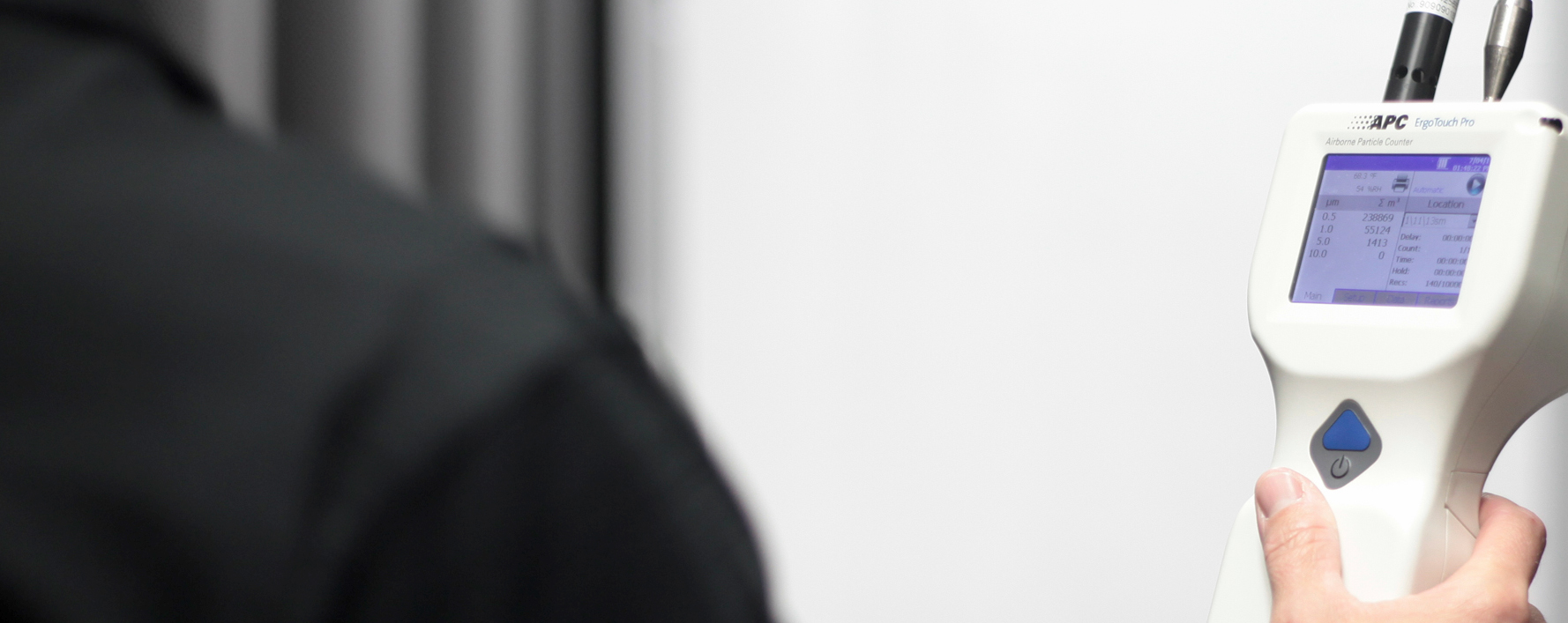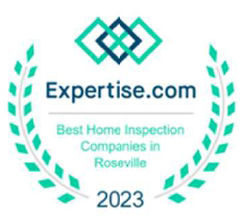Air Quality Testing Services
Book Now
Environmental & Indoor Air Quality Consultant in Roseville, CA
The air you breathe on a daily basis can have a significant impact on your health and overall quality of life. When you buy a house, you are not only buying the house, but the air inside it. At Nighthawk Home Inspections, LLC, we offer indoor air quality testing for home and business owners across Roseville, CA and the Greater Sacramento Region.
Airborne Mold Testing
Poor air quality has been linked to a variety of ailments, from headaches to fatigue to sinus problems. Polluted indoor air can also trigger allergy attacks and the uncomfortable symptoms that come along with them. If you’re serious about maintaining a healthy home or workplace environment, count on Nighthawk Home Inspections, LLC for effective air quality testing. When you call on us, we’ll come out and do a thorough evaluation of your home or business to determine how your air quality fares. And if we do uncover a problem, we’ll be happy to offer suggestions on how to improve the state of your air.
Indoor air quality testing includes 1 control/baseline sample on the outside and 2 indoor air samples. We use a canister with an adhesive on the inside. The pump moves the air through the canister at a calibrated rate so the mold spores contact the adhesive and stick to it. If the air moves through too fast, the mold bounces off the adhesive. If the air moves through too slow, the mold does not bounce off the adhesive. Indoor air samples are recommended at approximately every 800-1000 sq ft. If the affected area is larger than 1600-2000 sq ft., or if multiple levels in the structure are of concern, additional samples may be needed. Page 2 of the report identifies all the molds found in each sample. Problems are identified with a red bold font to easily stand out. Following pages give information on each mold type – allergen and toxin potential, etc.
This is the same test FEMA uses after hurricanes and other causes of water damage to help determine the habitability of a building.
Airborne Asbestos Testing
Asbestos is a cause of lung cancer and mesothelioma in the United States. They both can take 15-35 years after exposure to develop but then only takes months to spread of metastasize. While asbestos causes six times more cases of lung cancer than mesothelioma, it is the only known cause of mesothelioma. Lung cancer claims the most lives of all asbestos related diseases.
Asbestos was widely used in housing materials from the early 20th century through 1978. Some materials were warehoused after the ban, making it possible to find the material a few years after 1978. Insurance companies generally do not view a home built after 1985 as a likely risk for asbestos material. Locally, we most commonly find asbestos material in water heater and furnace flues and then certain types of tile or the glue used to hold them in place. Occasionally we find it in the ducting or a plumbing piping wrap. It is possible for asbestos to be in a wide variety materials including drywall, insulation, duct wrap, flues, cements and glues, roof shingles, ceiling tiles, exterior siding and more.
Asbestos is only harmful to people if they can breathe it in – it has to be in the air. This is where an airborne asbestos test comes in – if we can demonstrate the air does not contain asbestos, then the house is currently safe from this potential threat and associated diseases.
Our airborne asbestos test works in a similar manner as our airborne mold test. We connect a canister up to an air pump. We calibrate the air pump to a specific rate so the asbestos will enter the canister, hit the adhesive and stick to it. If the air rate is too low, the asbestos will not hit the adhesive. If the air rate is too high, it bounces off and also does not stick to the adhesive. Once we collect the sample, we send it off to an independent lab for analysis. The lab sends back a report detailing whether or not the levels of asbestos in the tested area were within government accepted levels or not.
Allergen Testing
Our allergen testing is a multi-day test. We place it near the heating and air conditioning air intake so it collects a sample of all the air moving through the house. It collects allergens from dust mites, dogs, cats, pollen, mice, roaches, ragweed, dust and 23 different airborne mold types. This is not as good of a mold test as our airborne mold test, and the results do not come back as quickly. However, it does test for more allergens. This test does require sending the sample to an independent lab for analysis.
Formaldehyde Testing
Formaldehyde is a preservative. It is commonly used to prevent deterioration of products during transport.
According to the American Cancer society, when formaldehyde reaches levels higher than 0.1 parts per million (ppm), it can cause health effects such as watery eyes, burning sensations of the eyes, nose and throat, coughing, wheezing, nausea and skin irritation.
Locally we have also seen it cause headaches. In California, the CDC found that exposure to formaldehyde in the CPSC-tested laminate flooring sold at Lumber Liquidators® could cause irritation and breathing problems. They used too much formaldehyde in the laminate flooring shipped over from China.
Our formaldehyde test takes an air sample that covers up to 2,000 square feet of space. We then send the sample to an independent lab for analysis. Their report identifies whether or not the levels of formaldehyde are hazardous to your health.
Radon Testing (Coming Soon)
Radon is an odorless, colorless gas that is the second leading cause of lung cancer after cigarette smoking. Having your home tested is the only effective way to determine whether you and your family are at risk of high radon exposure.
Radon is a radioactive gas that forms naturally when uranium, thorium, or radium, which are radioactive metals, break down in rocks, soil and groundwater. People can be exposed to radon primarily from breathing radon in air that comes through cracks and gaps in buildings and homes. Because radon comes naturally from the earth, people are always exposed to it.
The U.S. Environmental Protection Agency and the Surgeon General’s office estimate radon is responsible for more than 20,000 lung cancer deaths each year in the U.S. When you breathe in radon, radioactive particles from radon gas can get trapped in your lungs. Over time, these radioactive particles increase the risk of lung cancer. It may take years before health problems appear.
Minnesota Gopher and USA hockey star Rachael Malmberg was hit with stage 4 lung cancer. When she started researching and testing her home, she thought radon was the culprit. You can find her story at Health.com and at CBS Minnesota.
While radon is not as prevalent in our local area as some parts of the country, we still find about 10% of the homes in the area need some radon mitigation. In contrast, the average home in Minnesota needs mitigation.
Our testing equipment stays in the house for two days and we can deliver the reports the same day we pick up the equipment.
Tobacco Smoke Testing
When tobacco smoke is present, there is a certain combination of chemicals in the air that we are able to detect. Like most of our airborne testing, we use a pump to draw air through a canister at a calibrated rate and a specific amount of time. We then send that canister to the lab for analysis to determine whether or not tobacco smoke was present in the air at the time we took the test.
Wide Spectrum Volatile Organic Compound (VOC)
This is the test we go to when people think there is something in the air making them sick, but they have no idea about the source of the problem. Our labs also recommend this test in those cases. The wide spectrum VOC test is one of the most advanced, trusted air testing products on the market today for identifying chemical sources and active mold growth in a home. Many indoor air quality (IAQ) issues identified by IAQ Home Survey can be easily remediated or eliminated. This test is an invaluable tool for homebuyers, homeowners, and renters because it provides important information on potential contamination issues in the home that cannot be detected by a visual inspection alone. Acting upon the information in this report will enable you to dramatically improve the air quality in your home, creating a healthier environment for you and your family.
This test measures both the total VOCs (TVOC) and a breakdown of various inputs. Generally, the lower the TVOC, means a better indoor air quality in your home.
This test can also detect the presence of some molds in the house. Unlike our airborne mold test, it does not capture the mold spores. Instead, it measures the by-products of some molds. If you are specifically interested in mold, our airborne mold test is much more detailed and the more cost-effective option. Levels above 8 ng/L indicate there is a source of actively growing mold in the building.
The contamination index looks for a wide variety of sources. It includes paints, varnishes, sealants, other coatings, PVC cement, refrigerants for air conditioners, adhesives and glues used in construction materials, gasoline, diesel, fuel, kerosene, moth balls, moth crystals, hydrocarbons from aerosol cans or cooking fuels, solvents such as mineral spirits or oils, degreasing solvents, paint stripper, adhesive remover, insecticide, soaps, perfumes, deodorants, alcohol products, scented candles, potpourri, air fresheners, dry cleaning chemicals and medical ointments and creams.
The EPA Hazardous Air Pollutants or toxic air pollutants can cause cancer and other serious health effects such as birth defects or reproductive issues. This section compares the levels of these items in the home to the NIOSH Exposure limit. There is some duplication with the contamination index. Products in category include gasoline, degreasing solvents, paint stripper, insecticide, PVC production, solvent for rubber, various oils, wakes, upholstery cleaners, contact cement, heavy duty cleaners, paints and coatings, pesticide, print cartridges, polystyrene foam, synthetic rubber and some flavoring agents.
As you can tell, this test looks for a wide variety of causes for health issues. If one of them comes up high, the lab has some resources to help identify the source within a home. This is the most thorough airborne test for contaminants in a home.
It’s time to put health matters first. Call us today to schedule an appointment for air quality testing.



